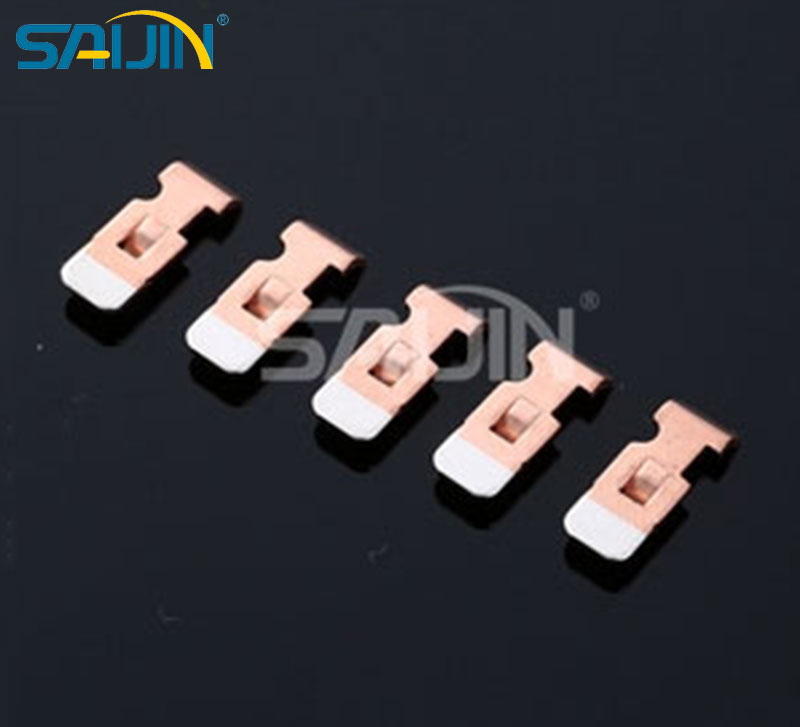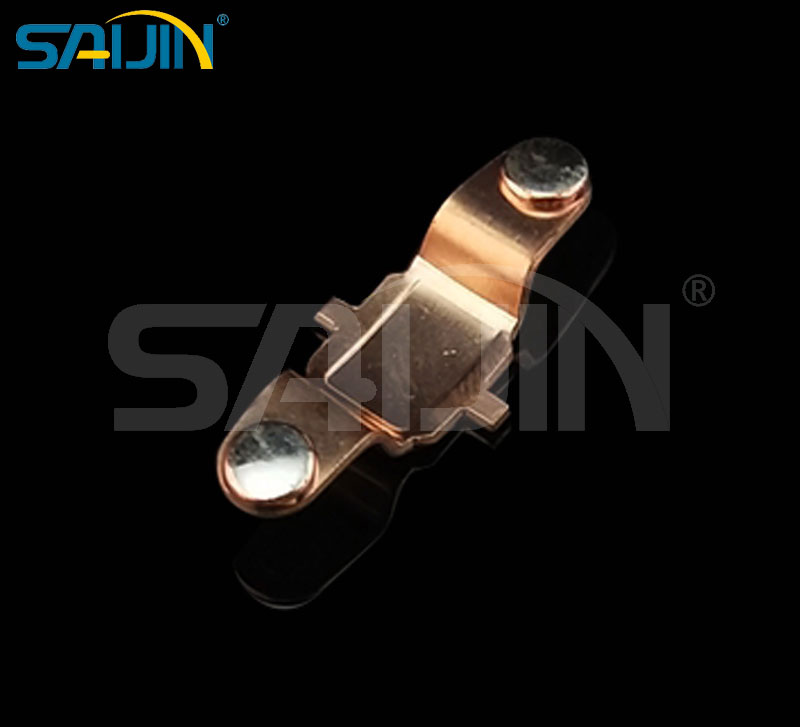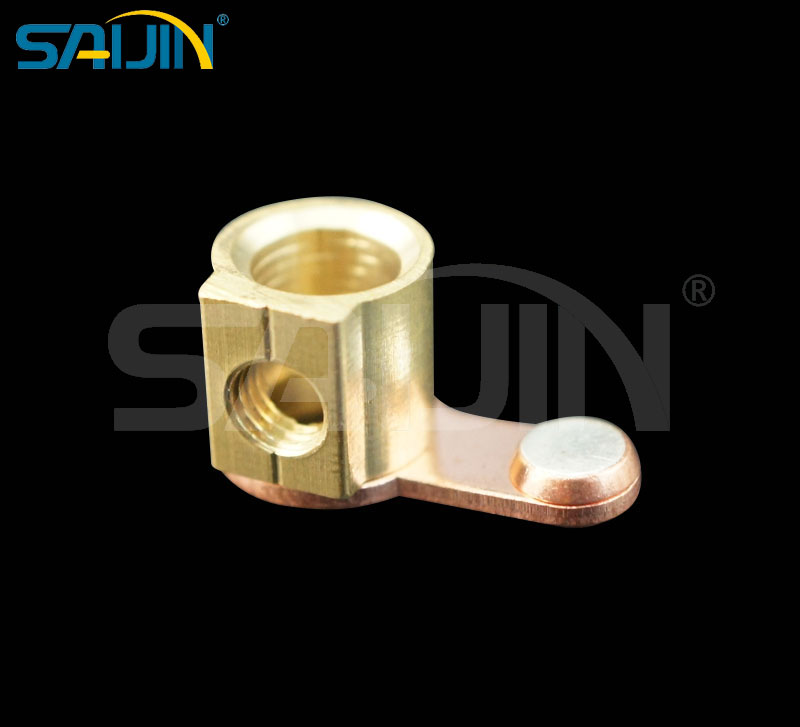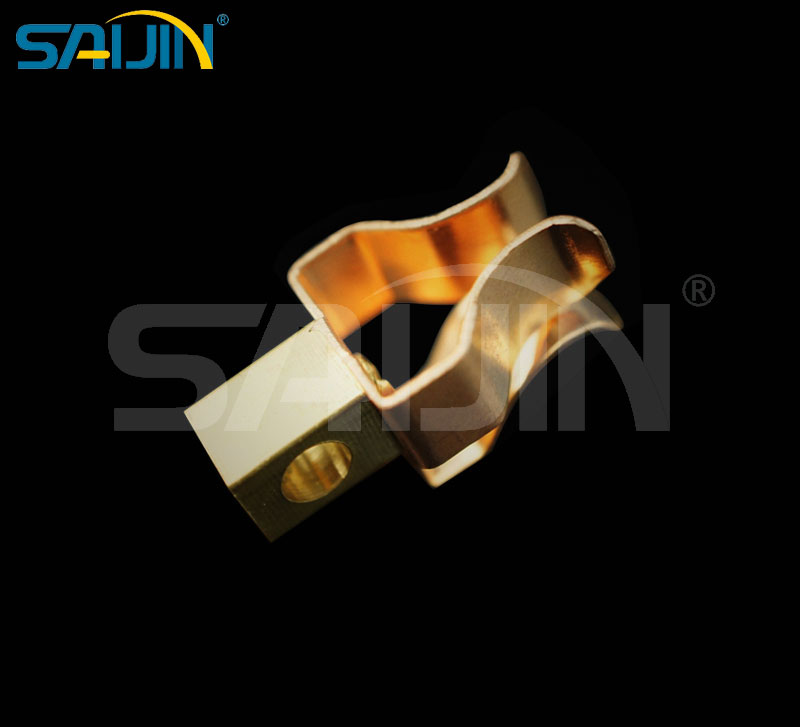Historical development of rivets
The earliest rivets were small studs made of wood or bone. The earliest metal deformations may be the ancestors of the rivets we know. Undoubtedly, they are the oldest method known to man for metal connections, dating back to the original use of wrought metal, for example: the bronze age of the Egyptians riveted six wooden segments of the slotted wheel outer line with rivets Fastened together, the Greeks succeeded in casting large statues with bronze and then riveting the parts together with rivets.
In 1916, when H.V White of the British aircraft manufacturing company first obtained the patent for blind rivets that could be riveted on one side, it was hard to expect such a wide range of rivets. From aerospace to office machines, electronics, and sports field equipment, it can be said that such blind rivets have become an effective and stable mechanical connection method. When it was invented and invented, it was not very clear when the hollow rivets were invented, but the harness was invented in the 9th or 10th century. Riveted horses, like the horseshoes with nails, freed slaves from heavy work, and rivets also led to many important inventions, such as iron pliers for copper and iron workers and wool shears.




